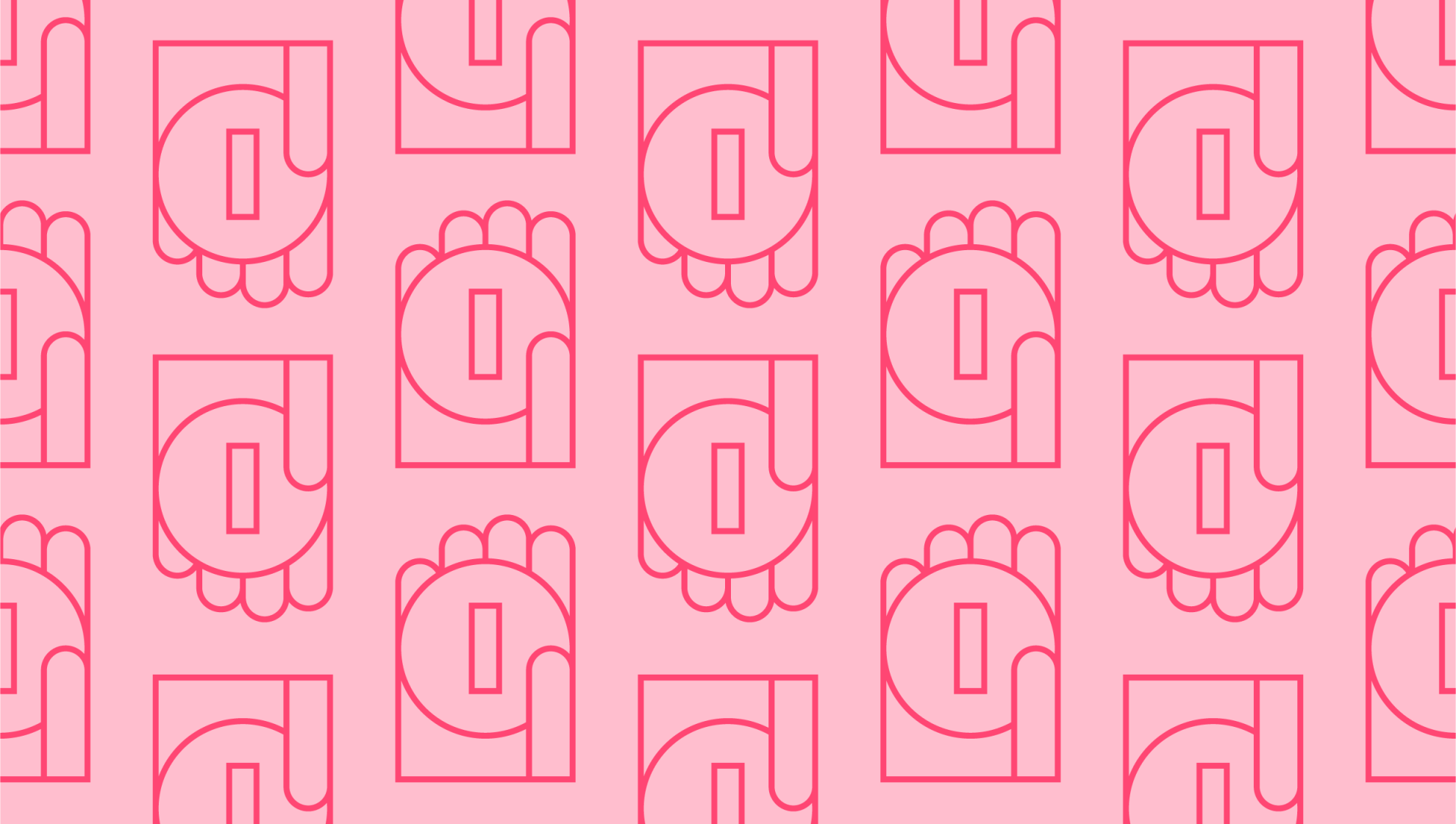Last editedJul 20212 min read
No matter the size of your business, you’ll need to provide a payment receipt to your customers when completing a transaction. This is an important component of tracking your cash flow, while providing clients with concrete proof of payment. We’ll discuss the payment receipt definition below, while giving some examples to help illustrate what should be included.
What is a payment receipt?
Also called a receipt for payment, a payment receipt is a document showing proof of purchase. It’s given by a business to its customers after payment has been received for any product or service. This can apply either to partial or full payments, showing a clear record of how much money has been received and what is still owed.
Cash payment receipts are useful documents both for the buyer and seller. Buyers can see where they stand with payment, viewing a clear record of what they have paid for. Sellers can verify the date and other details of a purchase, using this information to create more detailed financial statements later. In the case of partial payments, receipts are also helpful as they serve as reminders for outstanding balances.
Payment receipt vs. remittance advice: A receipt for payment differs from a remittance advice note, which is sent from a customer to a business. Remittance advice notes show that an invoice is paid, which helps when you’re matching payments to invoices on financial statements.
Payment receipt vs. sales receipt: Sales receipts are like payment receipts, but they often provide additional detail about the sale. While a receipt of payment is a simple document giving the customer proof that they’ve paid for goods and services, sales receipts are closer in scope to an invoice. Payment receipts give basic details about the sale, while sales receipts are far more detailed with information about tax, payment methods, and the time and date of sale.
What should be included on a receipt of payment?
There’s no single format that you must use for a payment receipt, however this form will typically include a rundown of basic information regarding the sale. This should include things like:
The seller’s name
An invoice or transaction number
Date of payment
Amount received
Amount still owed
It should also be clearly marked as a ‘payment receipt’ at the top of the document stating that the invoice has been paid in full, if applicable.
Receipt for payment examples
If you put all these pieces together, how does a receipt for payment look? Here’s an example:
Imagine that Bob’s Party Hut sold £60 worth of helium balloons to Fancy Nancy’s Events. The receipt for payment could look something like this:
|
PAYMENT RECEIPT |
RECEIPT NUMBER: 42 |
|
PAID BY: Fancy Nancy’s Events |
PAID TO: Bob’s Party Hut |
|
DESCRIPTION: Helium Balloons |
AMOUNT: 15 at £4/piece |
|
|
|
|
|
SUBTOTAL: £60 |
|
|
TAX: N/A |
|
|
TOTAL: £60 |
|
DATE: 14/07/2019 |
RECEIVED BY: Bob |
As another example, if Fancy Nancy’s Events only paid £50 at the time of purchase, the payment receipt could be amended to show the outstanding balance:
|
PAYMENT RECEIPT |
RECEIPT NUMBER: 42 |
|
PAID BY: Fancy Nancy’s Events |
PAID TO: Bob’s Party Hut |
|
DESCRIPTION: Helium Balloons |
AMOUNT: 15 at £4/piece |
|
|
|
|
|
SUBTOTAL: £60 |
|
|
TAX: N/A |
|
|
TOTAL: £60 |
|
|
AMOUNT PAID: £50 |
|
|
OUTSTANDING BALANCE DUE: £10 |
|
DATE: 14/07/2019 |
RECEIVED BY: Bob |
How to find payment receipt templates
You can use the example above as a payment receipt template or look for options that match your business needs more closely. Those using online invoicing software can automatically generate payment receipts and arrange automatic submission to customers at the point of sale. Another option is to use Microsoft Office templates or visit specific receipt template websites for dozens of customisable options.
You can opt for a simple cash payment receipt or a more detailed sales receipt, but what’s most important is to record every transaction to keep your financial statements in order.
We can help
GoCardless helps you automate payment collection, cutting down on the amount of admin your team needs to deal with when chasing invoices. Find out how GoCardless can help you with ad hoc payments or recurring payments.


